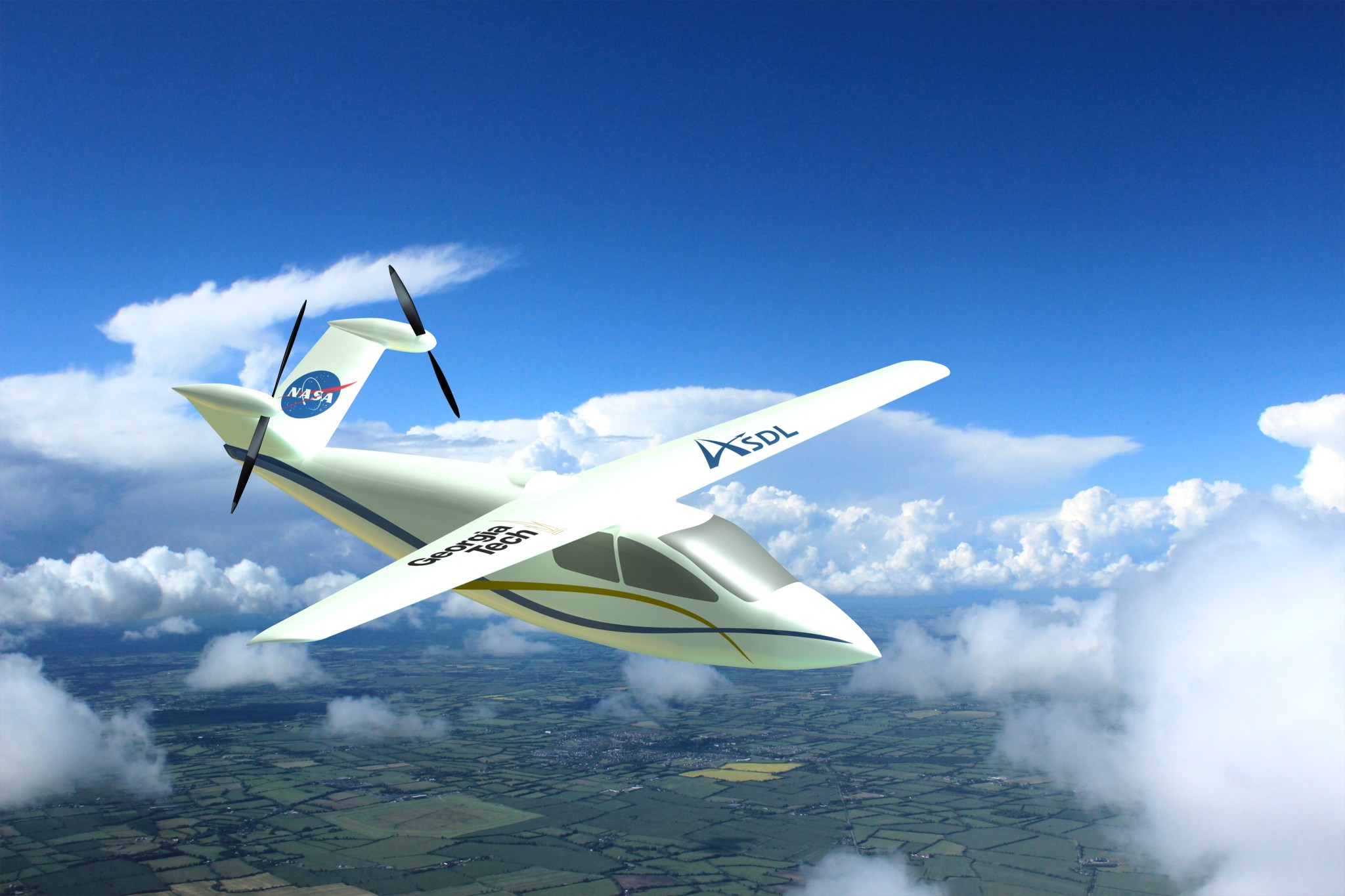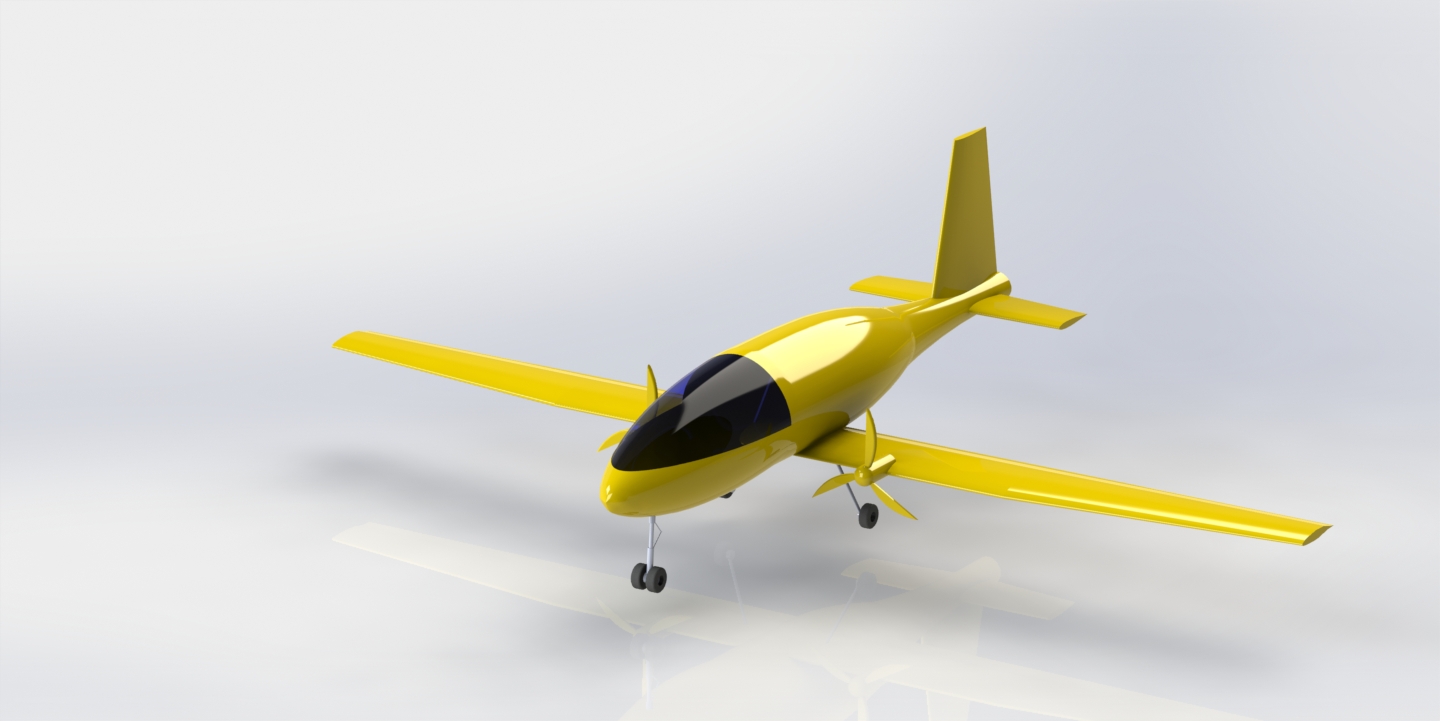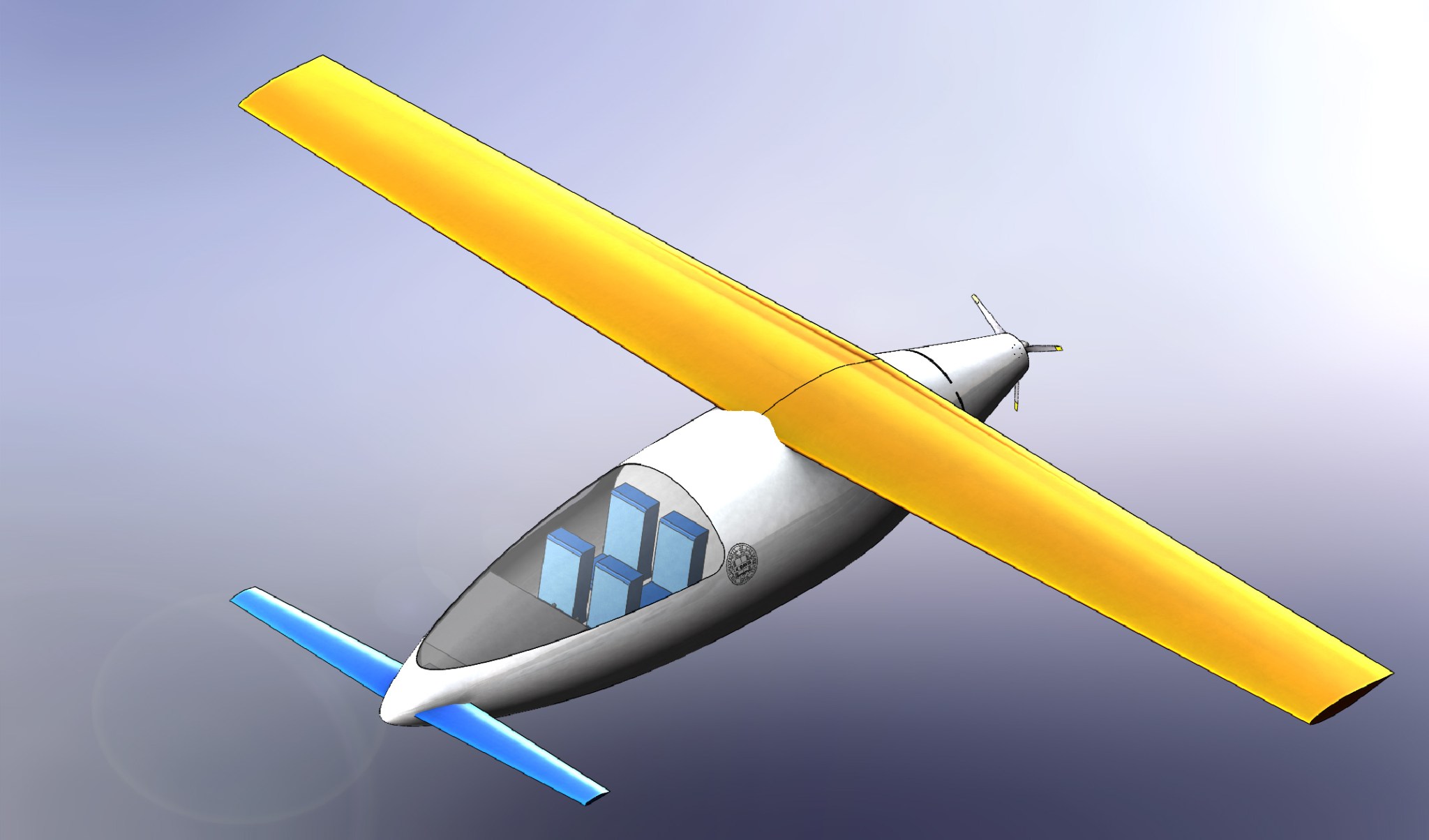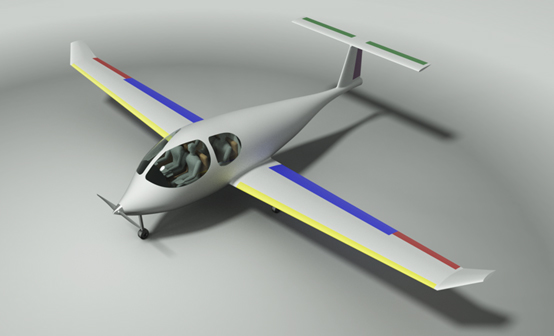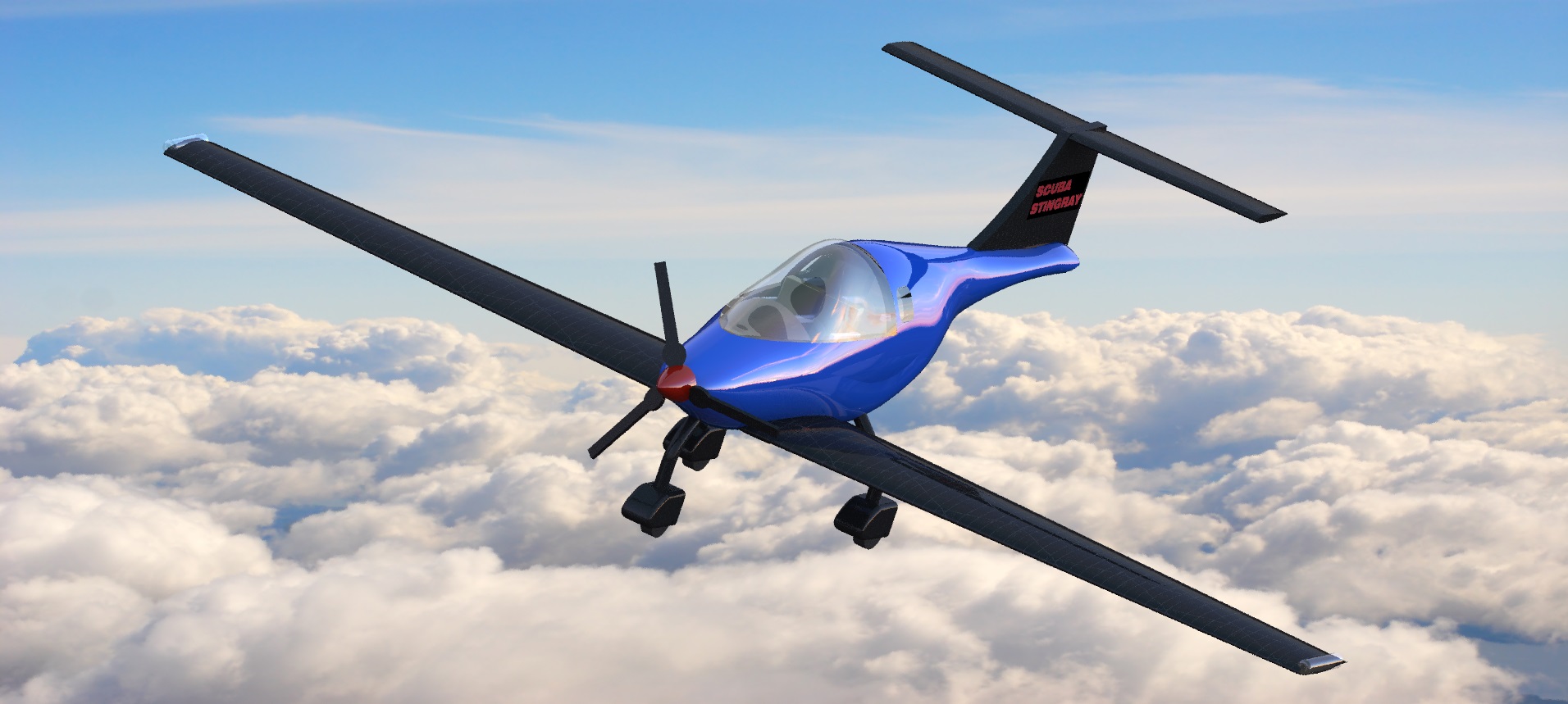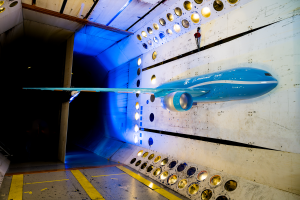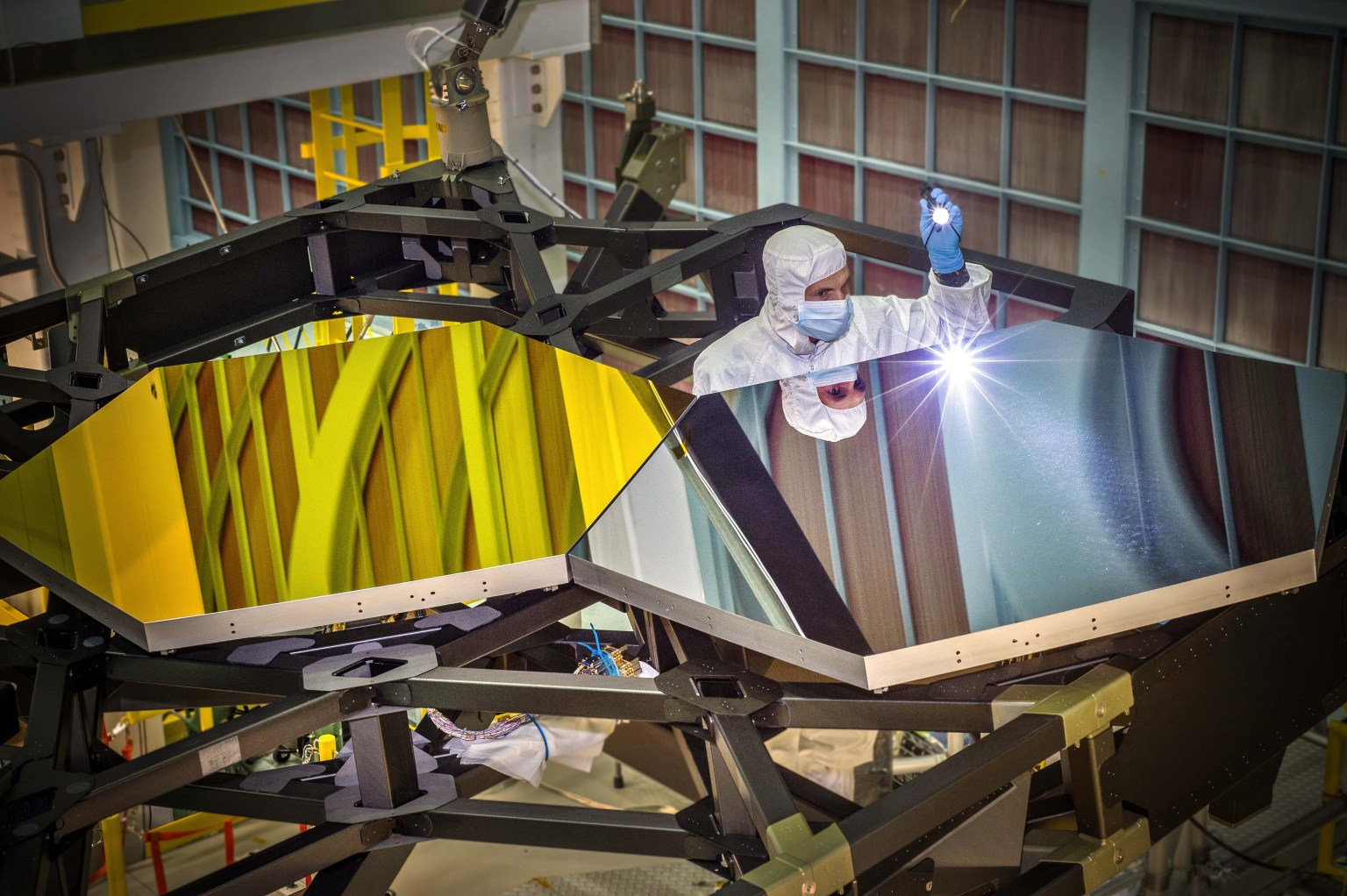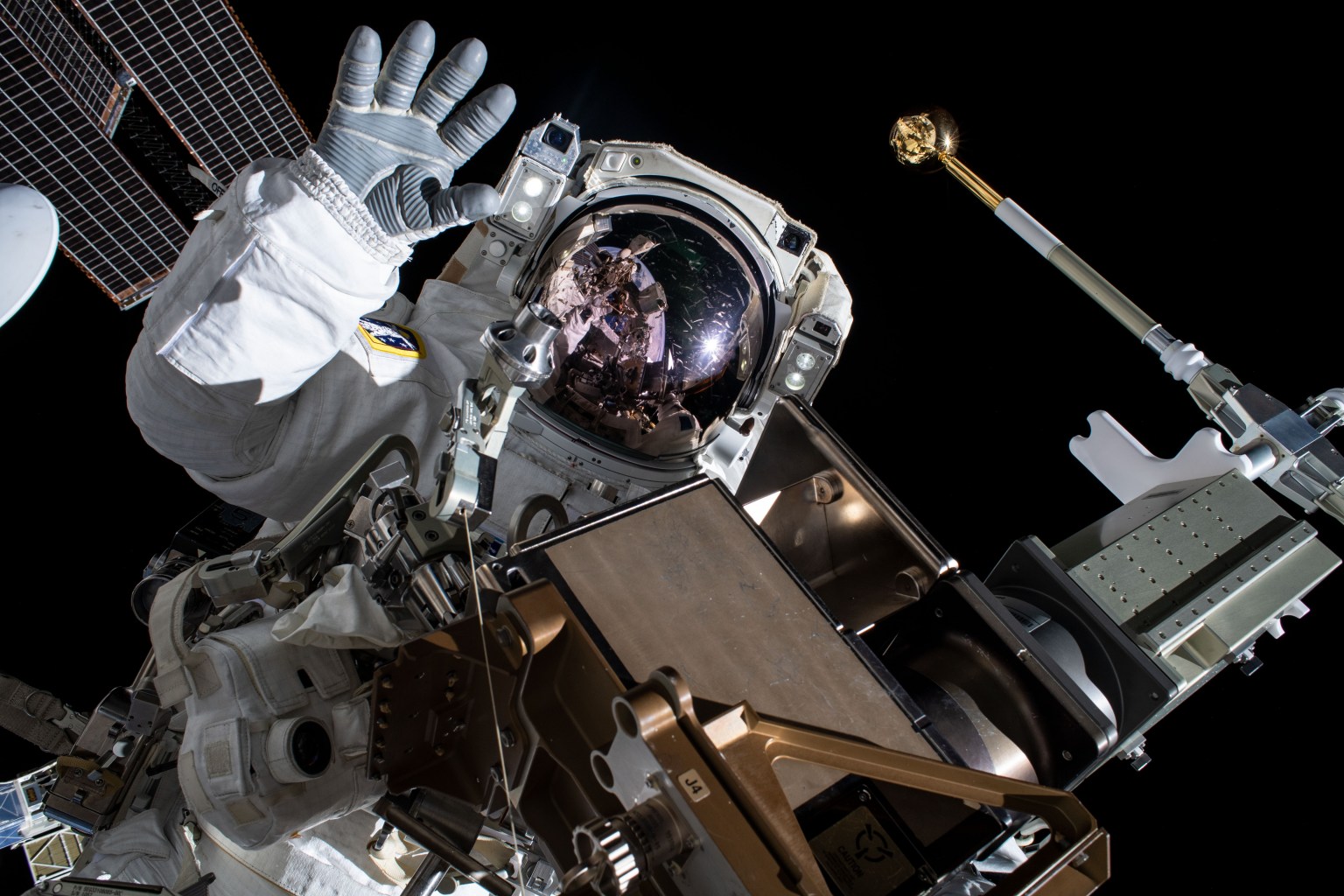Not content to wait for their diplomas or degrees, some of today’s students already are thinking about the airplanes of tomorrow.
In response to a NASA challenge to design an all-electric propulsion general aviation airplane, five ideas out of the 20 submitted by U.S. universities wowed the judges. The student contest required that the vehicle would go into service in 2020 and be competitive with standard piston engine airplanes that burn aviation fuel.
“The research and critical thinking that went into each of these designs was very impressive. It’s clear there is a new generation of aeronautical innovators nearly ready to make their mark on the future of aviation,” said Jaiwon Shin, NASA’s associate administrator for aeronautics.
For the contest, the theoretical airplane had to seat four people, carry at least 400 pounds of extra cargo, fly at least 575 miles during a single flight, cruise at a speed of at least 150 mph and be able to take off in less than 3,000 feet under normal conditions.
Students also had to consider what kind of extra equipment airports would need to accommodate an all-electric general aviation airplane and how much that extra infrastructure might cost.
As each of the teams noted in the formal paper they had to submit, the primary challenge facing aviation as it attempts to move toward electric propulsion is the availability of an onboard power source that is not too big, not too heavy and still is efficient enough to do the required job.
Of the five ideas, four suggested the use of batteries using a range of different elements, while a fifth proposed relying on a fuel cell that combines hydrogen and oxygen to generate electricity, similar to how it was used on the space shuttle but with a different technique.
In the Undergraduate Category, teams from the University of California at Davis in Davis, CA dominated the contest with first place, second place, and an honorable mention. Third place went to a team at Virginia Tech in Blacksburg, VA.
In the Graduate Category, a one-person-team from Georgia Tech in Atlanta took first place – the only award given in that category. Winner Tom Neuman was no stranger to NASA design challenges. In fact, in 2008 his flying car design won a NASA challenge for high school students. Neuman notes that this first experience had a huge impact on his career, inspiring him to share his latest innovation seven years later as a college student.
Winners of this challenge will be invited to visit NASA in October to present their work.
The ideas these students bring to the table are more than just academic exercises. NASA’s major research thrusts for aeronautics include investigating ways to reduce our dependence on fossil fuels and cut back on aviation’s contributions to harmful emissions and annoying noise around airports.
Electric propulsion is expected to play a major role in achieving some of these goals.
Read more about the teams and winning designs.



























